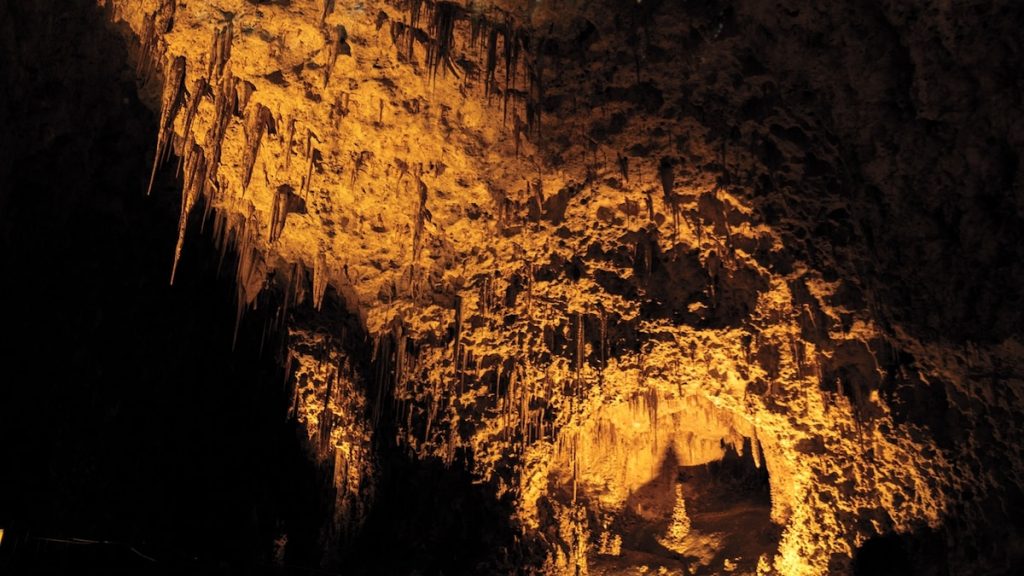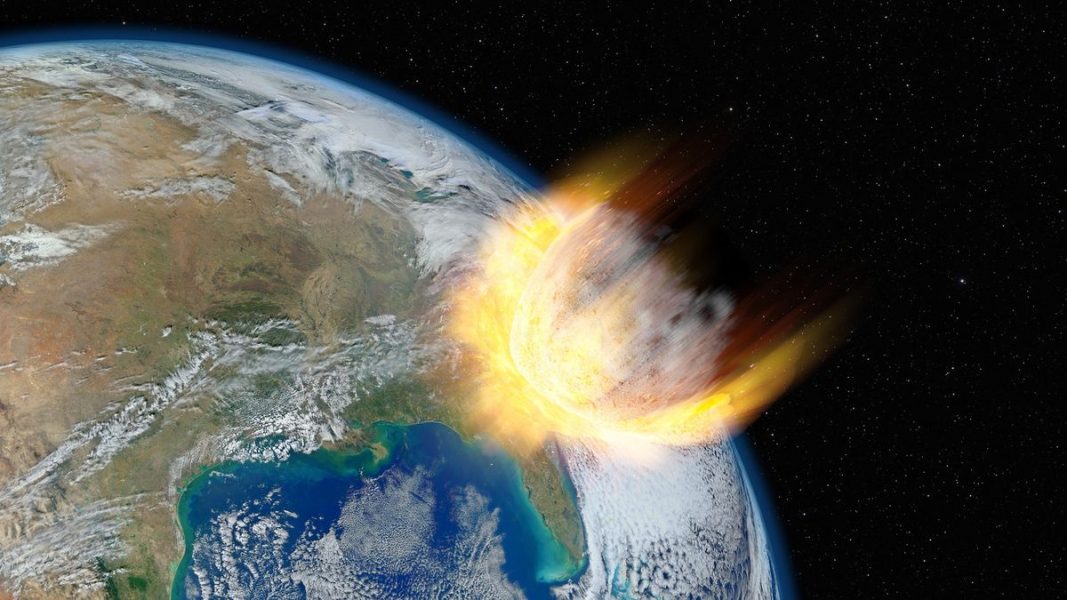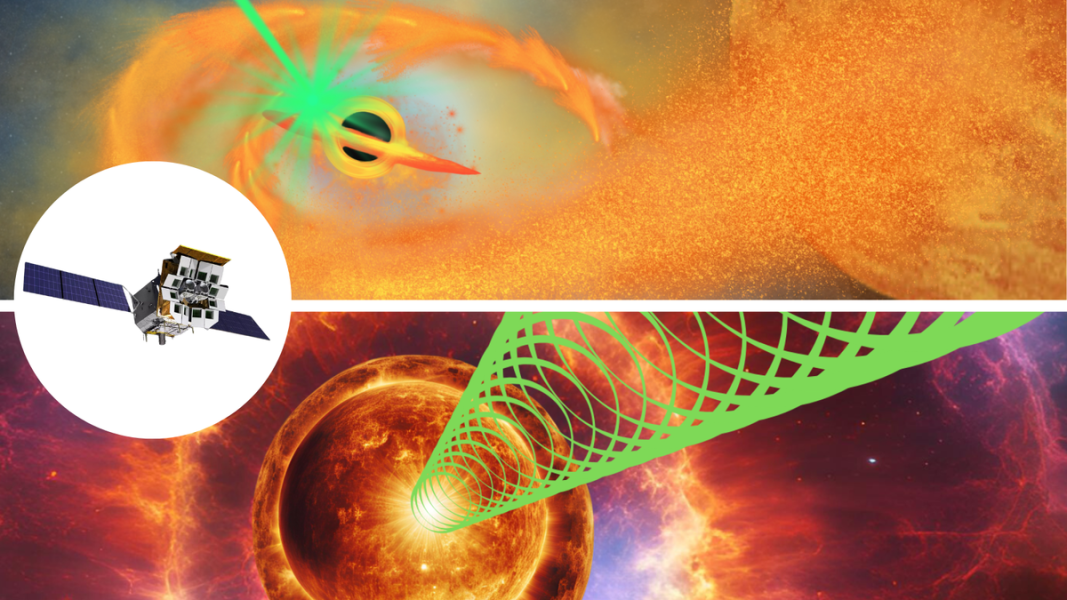The glow we see from distant galaxies is as old as Earth’s ancient rocks – National Geographic

One photographer put the age of starlight into perspective with stunning projections on some of Earth’s oldest rock formations.Periods of time lasting thousands, millions, or even billions of years might seem unfathomable. So Mark Chen, a photographer and teacher in Houston, decided to “visualize this very mysterious idea of deep time” in more relatable terms: the stars over our heads and the rocks underfoot. Since 2022, he’s been hiking into wild places, including national parks, at night and deploying a custom-made projector to layer NASA images of star systems onto iconic natural formations in split-second bursts. Each resulting photograph features an earthly setting roughly as old, in years, as the stars’ distance from Earth in light-years. This blend of geological and galactic perspectives, capturing “how our planet has coexisted with the universe,” is now part of an ongoing series he calls Pilgrimage of Light. By comparison, we humans have been here for only a flash.Twenty million years ago, subterranean pressure raised the gigantic limestone formations that house today’s Carlsbad Caverns, juxtaposed here with the spiral arms of the Pinwheel galaxy 22.3 million light-years away.(Oil drilling on sensitive New Mexico public lands puts rare caves at risk.)This star cluster some 28,000 light-years from Earth appears on trees at the base of Half Dome, an impressive cliff carved by glaciers moving through Yosemite Valley during multiple ice ages, the last of which was 30,000 years ago.(Has Yosemite’s iconic Half Dome become too dangerous to climb?)Sediments within the dry lake bed that forms Bryce Canyon first appeared 30 million years ago, about the time when M104, also known as the Sombrero galaxy, emitted the light seen in this Hubble telescope image.(Everything to know about Bryce Canyon National Park.)With snow falling, photographer Mark Chen cast an image of star cluster NGC 3324 beneath the lights of the South Rim’s Grand Canyon Village. The cluster’s proximity to Earth, 9,260 light-years, loosely corresponds to how long ago humans started living in settlements.(Everything you need to know about Grand Canyon National Park.)Copyright © 1996-2015 National Geographic SocietyCopyright © 2015-2025 National Geographic Partners, LLC. All rights reserved
Source: https://www.nationalgeographic.com/photography/article/star-constellation-projections-ancient-rocks






